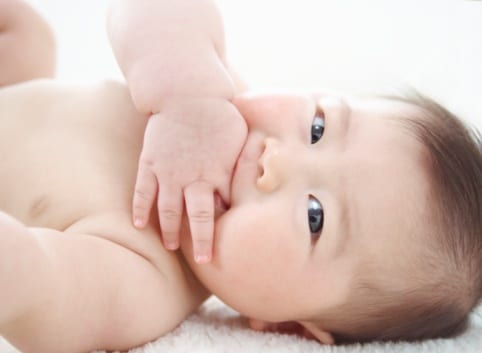The process of how a baby’s brain develops remains largely a mystery, even to leading scientists and researchers. However, we do know that a baby’s basic brain cells are present at birth, while most of the connections are made as the baby progresses through infancy and early childhood.
Brain Development
The development of a baby’s brain develops is activity-dependent. At around age 3, a baby’s brain cells have formed most of their connections. Some connections will continue to be refined through experience, while others will not. The connections that a child continually and repetitively uses will gain strength, while those that are used less frequently will fade. This is called synaptic pruning, and although it may seem drastic and frightening, it actually helps the brain to work more efficiently. Without synaptic pruning, a child may have difficulty simulating and processing all the information she receives, making it difficult or even impossible to walk, talk or possibly see.
The Brainstem
The area of the brain located near the neck, between the top of the spinal cord and the base of the brain, is called the brainstem. This region is the most highly developed at birth. A newborn is born with various reflexes—including crying, startling, sucking and rooting—and these are controlled in the brainstem. The brainstem also controls such vital functions as breathing, blood pressure and heart rate. It takes years for a baby’s brain to fully develop, but the functions that are most important to life are ready at the moment of birth.
The Cerebral Cortex
The cerebral cortex is an area of the brain that is responsible for our conscious thoughts, feelings, memories and voluntary actions. This area is immature at birth. Neurons are present when we are born, but they are not connected well. After birth the baby goes through what is called the exuberant period, which refers to an immense surge in the creation of connections—synapses—within the cerebral cortex. The cerebral cortex is a fairly large part of the brain that contains the visual cortex, temporal lobe, frontal lobe and other regions. These regions go through the exuberant period at varying times; the baby shows signs of this period with improved vision and by developing a pincer grasp and strong attachments to parents and caregivers. Until the child is between the ages of 4 and 8 years, this exuberant period of massive growth of cell connections continues in all areas of the cerebral cortex. It is not until middle elementary through beginning adolescence that the exuberant period starts to fade.
We all want to help our children reach their full potential. Exposing your baby to many experiences and environments rich in language, love and exploration is the best way to enhance your baby’s developing brain.
About the Author
Lara Alspaugh is a freelance writer living in Michigan. She is a Registered Nurse and holds a Bachelor’s Degree in Nursing from Michigan State University. Her writing has been found in parenting and fitness magazines nationwide and the Internet, addressing health and fitness as well as wellness concerns of families.





